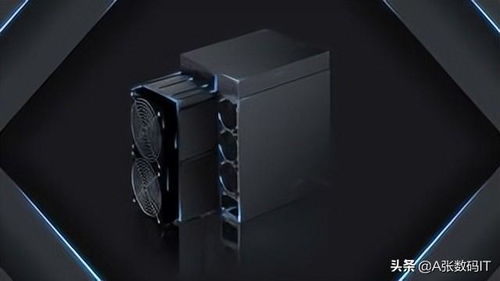In the ever-evolving world of cryptocurrency, where digital fortunes rise and fall like tides, the backbone of it all lies in the relentless hum of mining machines. These powerful devices, dedicated to unearthing blocks of Bitcoin (BTC), Ethereum (ETH), Dogecoin (DOG), and beyond, demand not just raw computational power but also reliable, efficient power solutions. As companies specializing in selling and hosting mining machines know all too well, the key to sustainable profitability in mining hosting facilities is mastering the art of energy management. This ultimate guide delves into the intricacies of power solutions, exploring how they can transform your mining operations from energy guzzlers into optimized, eco-friendly powerhouses.
Picture a vast mining farm, rows upon rows of miners and mining rigs whirring away under fluorescent lights, each one a soldier in the digital gold rush. For BTC enthusiasts, the competition is fierce; the network’s proof-of-work consensus requires immense electrical input to solve complex puzzles. Yet, with the right power solutions, such as advanced uninterruptible power supplies (UPS) and smart grid integrations, downtime becomes a relic of the past. Imagine harnessing renewable energy sources like solar or wind to fuel these beasts—ETH mining, which has shifted towards proof-of-stake, still benefits from efficient power setups to run ancillary operations. These innovations not only cut costs but also appeal to the growing eco-conscious investor base, making your hosting service a beacon of sustainability.
Now, let’s zoom in on the hardware. A typical mining rig, packed with high-performance GPUs or ASICs, can consume kilowatts of electricity per hour, turning even a modest setup into a significant power drain. For DOG, known for its lighter mining requirements compared to BTC, power efficiency means more accessible entry points for novice miners. By implementing modular power distribution units (PDUs) that allow for precise monitoring and control, hosting providers can prevent overloads and extend the lifespan of their equipment. Diversity in power sources—blending traditional grids with battery storage systems—adds layers of resilience, ensuring that whether you’re mining ETH or exploring newer altcoins, your operations remain uninterrupted amid voltage fluctuations or outages.

In the realm of mining farms, where scale is everything, power solutions must scale accordingly. These expansive facilities, often housing thousands of miners, rely on sophisticated cooling systems paired with energy-efficient transformers to manage heat and electricity flow. For BTC, which dominates the mining landscape, optimizing power usage can mean the difference between profit and loss, especially with fluctuating crypto prices. By adopting AI-driven power management tools, operators can predict and adjust energy consumption in real-time, much like a conductor leading an orchestra through a symphony of circuits and chips.
Transitioning to other cryptocurrencies, ETH’s evolution to a more energy-efficient model highlights the need for adaptable power strategies. While DOG mining might not require the same intensity, the principles of bursty power delivery—where short, high-intensity bursts meet steady baseline needs—apply universally. This unpredictability in energy demands underscores the importance of hybrid systems, combining fossil fuels with renewables for a balanced approach. Rich in potential, these setups not only enhance the vibrancy of your hosting services but also attract a diverse clientele eager for cutting-edge solutions.
Exchanges play a pivotal role too, as they often partner with hosting providers to ensure seamless transactions and withdrawals. When power failures hit, the ripple effects can cascade through markets, causing delays in BTC transfers or ETH staking rewards. To counter this, implementing redundant power paths and generators becomes essential, creating a safety net that keeps operations fluid and trustworthy. For miners dabbling in DOG or other meme coins, where community-driven hype can spike activity, such reliability fosters loyalty and repeat business.

Beyond the technicalities, the human element adds depth to power solutions in mining hosting. Skilled technicians monitor these systems around the clock, ensuring that every watt is used judiciously. This level of dedication transforms a simple hosting service into a comprehensive ecosystem, where miners feel supported in their quest for digital wealth. Whether it’s BTC’s storied blocks or ETH’s smart contract innovations, the underlying power infrastructure must be as dynamic and multifaceted as the currencies themselves.
In conclusion, the ultimate guide to power solutions in cryptocurrency mining hosting reveals a tapestry of strategies that blend technology, foresight, and adaptability. From selecting energy-efficient miners to integrating renewable sources, the path to success is paved with informed choices. As the crypto landscape continues to burst with innovation—witness the surge in DOG’s popularity or ETH’s upgrades—staying ahead means prioritizing power in all its forms. For those in the business of selling and hosting mining machines, embracing these solutions not only boosts efficiency but also positions your company as a leader in a volatile yet exhilarating industry.

Leave a Reply